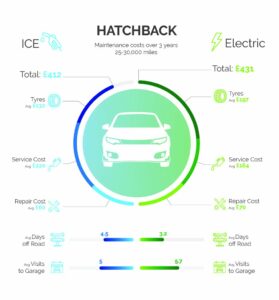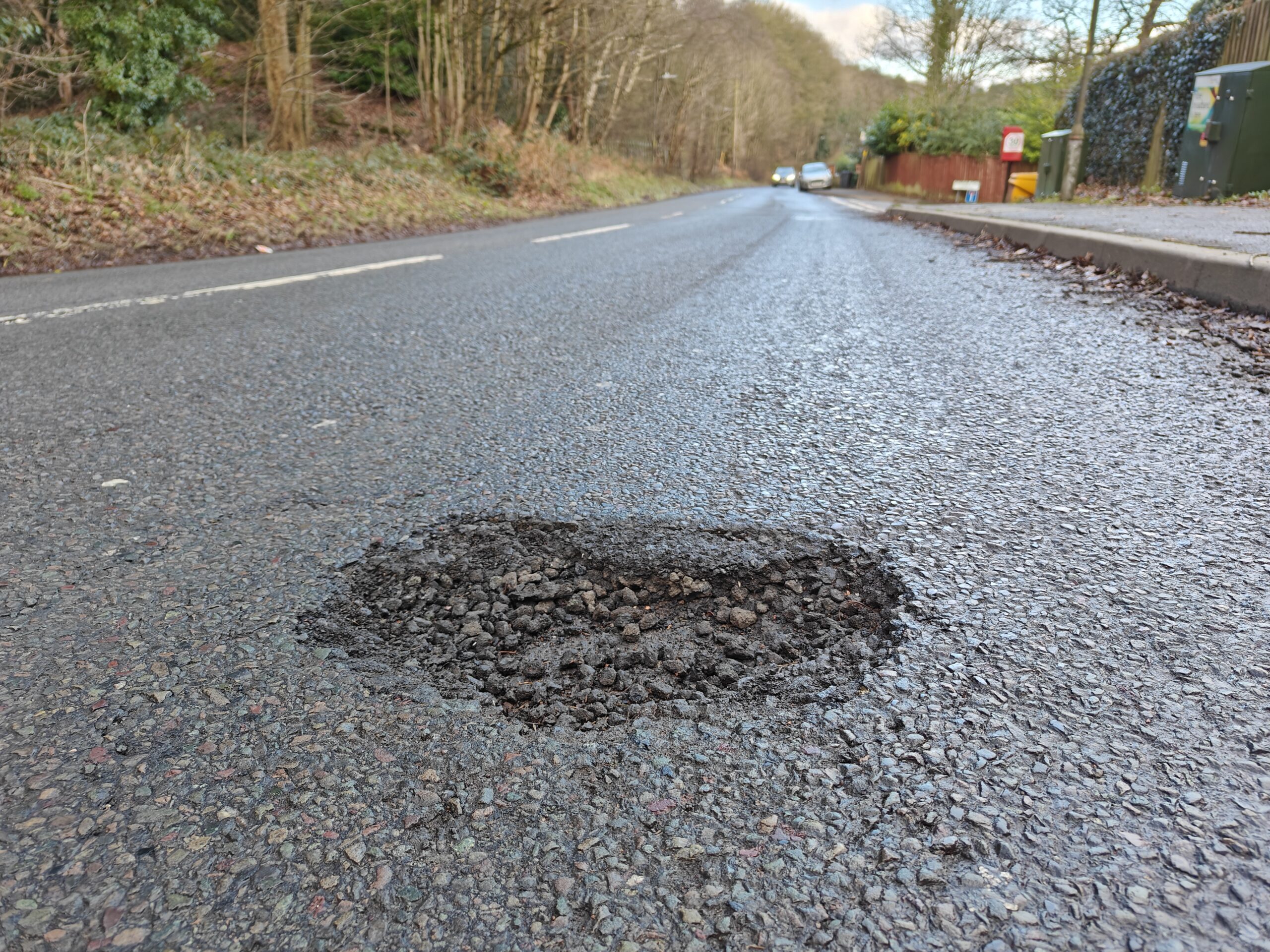A report from fleet servicing network shows that the supposed savings on servicing by switching to electric are at best a ‘mixed picture’ and are in general ‘very similar’ to their conventionally powered counterparts, although the percentage does vary between vehicle models.

The study, produced by real-world fleet data from Epyx, owner of the 1Link servicing network, covers three metrics. These are numbers of visits to service outlets, vehicle off road days due to issues related to servicing, such as waiting for parts and workshop costs including tyres and repairs.
The first example looks at an unnamed, but widely-used fleet hatchback over a three year and 25-30,000 mile cycle. The EV version averaged 5.7 visits to service outlets, 3.2 days spent off road due to SMR issues (VOR) and workshop servicing costs including tyres of £431.
These figures turn out to be very similar to the petrol version of the same model across all three metrics, with five service visits, four and a half days off road at the workshop and workshop costs of £412. From a servicing point of view, the report concludes there are no obvious EV benefits for the fleet manager.
Better results for electrification can be seen when comparing a model of van that is available in both diesel and electric versions over the same operating cycle. Here the EV’s figures are 5.7 service visits, 2.2 days off the road and workshop costs of £239. The diesel derivative delivers comparable outcomes with 5.0 service visits and 2.9 days in the garage – but its workshop costs are more than double at £523.
Charlie Brooks, strategy director said: “At the outset, it should be underlined that fairly substantial caveats must be applied to this data. In terms of the information available on 1link Service Network, there remain relatively few EVs of relevant ages and mileages. For the comparisons we’re quoting here, there are only around 170 vehicles in total”.
“However, this does remain probably the largest real-world EV dataset of its kind available and is possibly the best quality information made public so far. It shows, perhaps surprisingly, that the emerging picture is more mixed than might be expected.
“It has been widely supposed that EVs will deliver uniform SMR benefits over petrol and diesel vehicles because of the fact that they have fewer moving mechanical parts, minimising the likelihood of breakdown and requiring less routine maintenance. The data we have compiled shows that this is not always the case.
READ: The possibilities of remanufacturing EV batteries
READ: SMMT BOSS: EV INFRASTUCTURE ‘BEDEVILLING DECARBONISATION’
“Broadly, while workshop costs for some EVs represent substantial savings over their petrol and diesel equivalents, this cannot be assumed. Also, the number of times that EVs visit garages for maintenance or repair and the amount of time they spend unavailable off road are consistently similar to ICE vehicles – and these servicing factors very much represent a substantial cost to businesses.
“What the data doesn’t tell us at this stage is why this is the case. There could be good reasons. For example, EVs remain a relatively new technology when operated on a large scale, and what we are seeing could be teething problems that may range from workshops being unfamiliar with these types of vehicles through to parts not being readily available.
“However, the bottom line at this stage is that fleet managers should not automatically believe that, in adopting EVs, they are going to see SMR benefits with every model. That situation may well change over time but these comparisons show that we are not there yet.”
Brooks added that the firm is planning to make further data available publicly as the number of EVs on 1link Service Network grows.
“Fleet adoption of EVs is increasing exponentially and the amount of relevant data we have on the platform is increasing month-by-month. We should soon be in a position to produce much richer comparisons as we progress towards a more definitive picture of how fleet EV SMR is shaping up in the real world.”











Go to comments